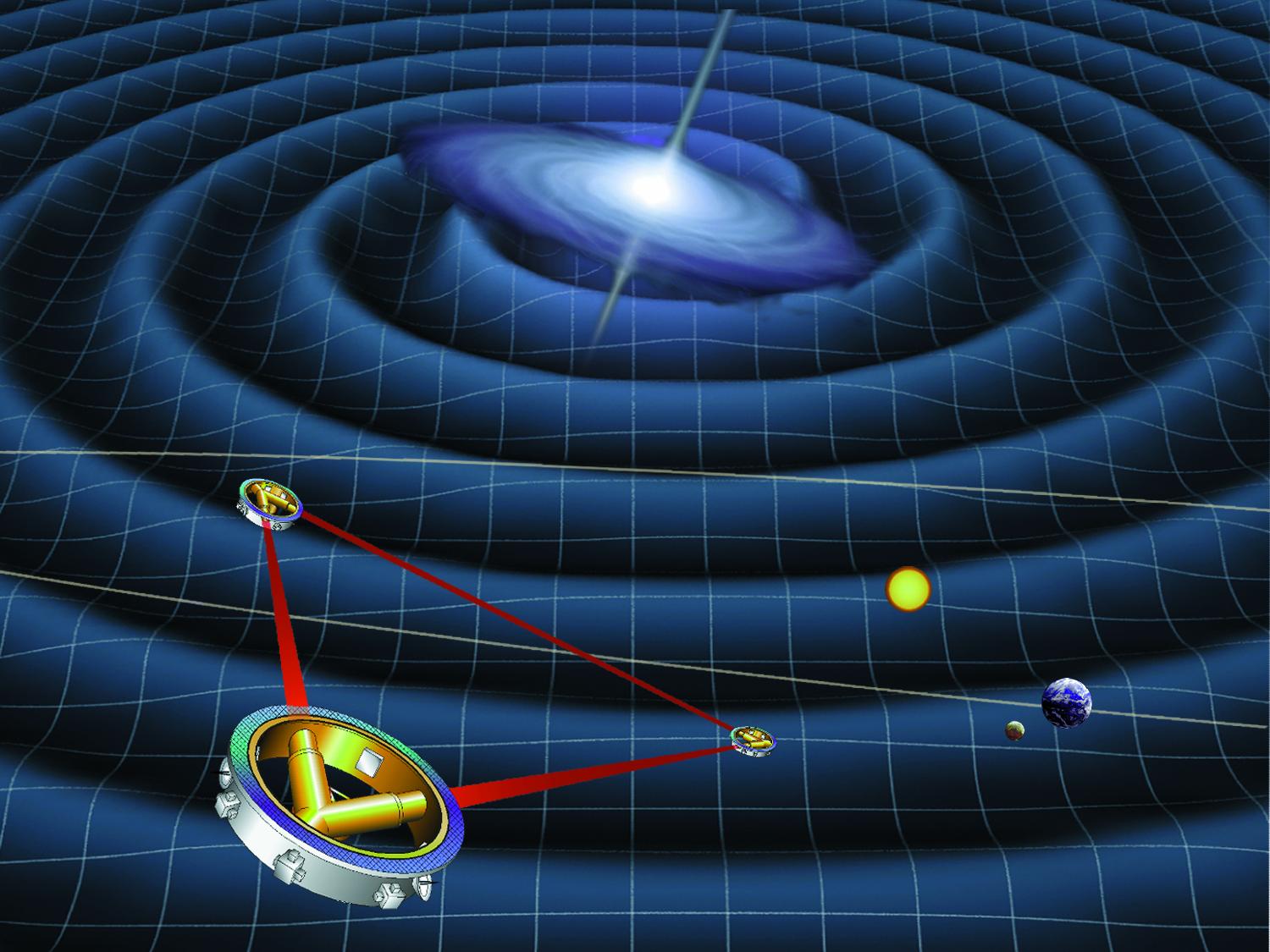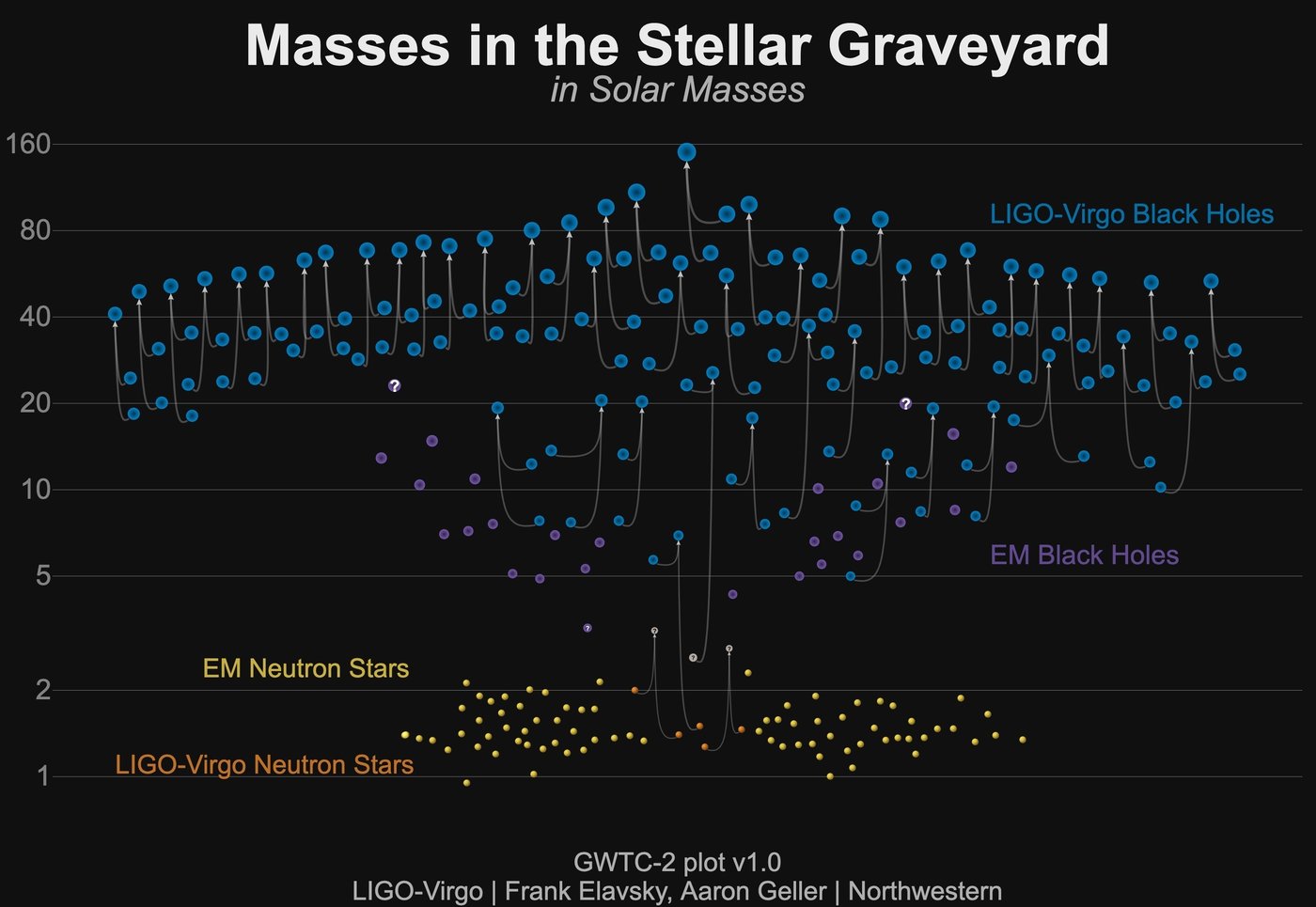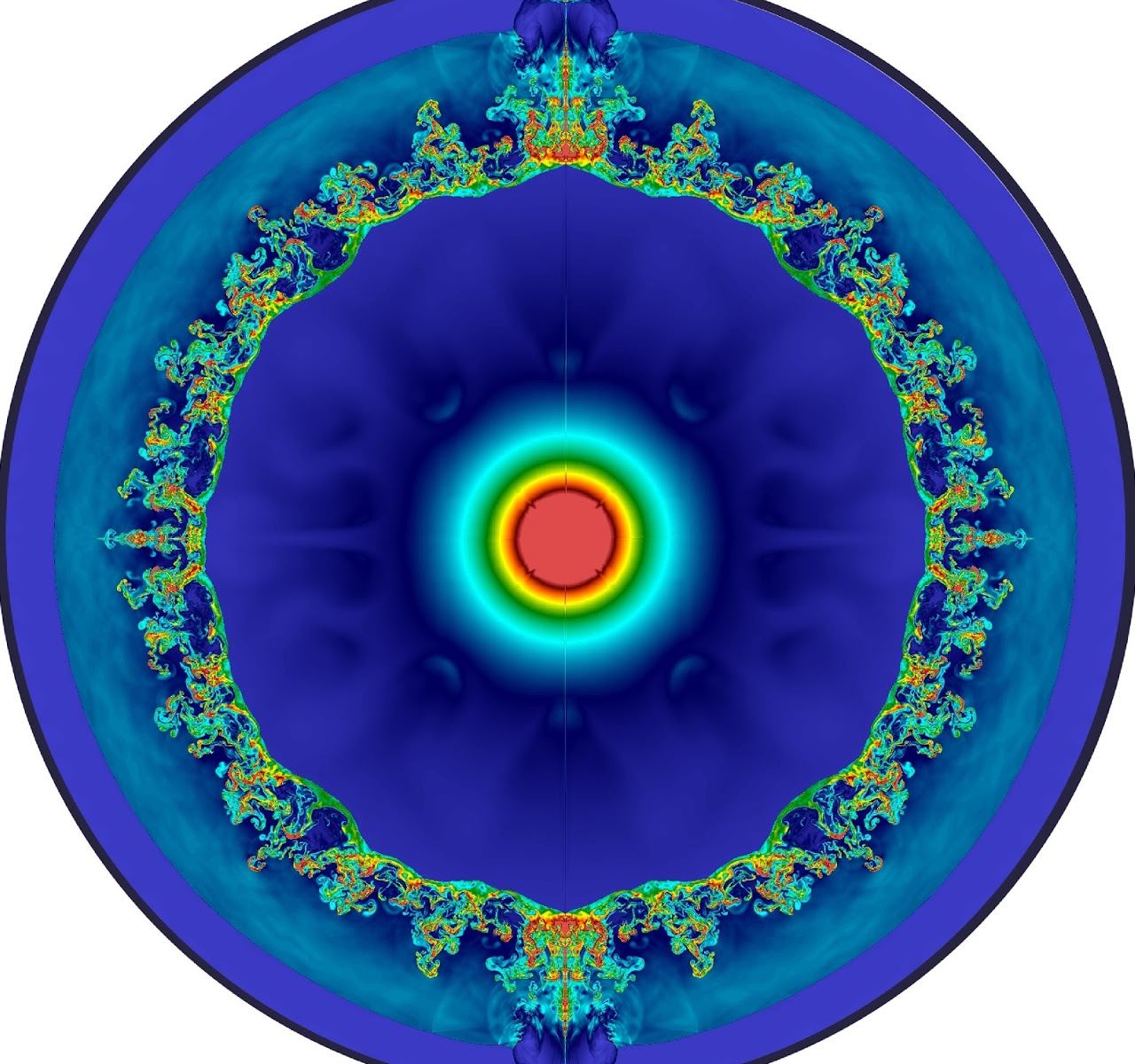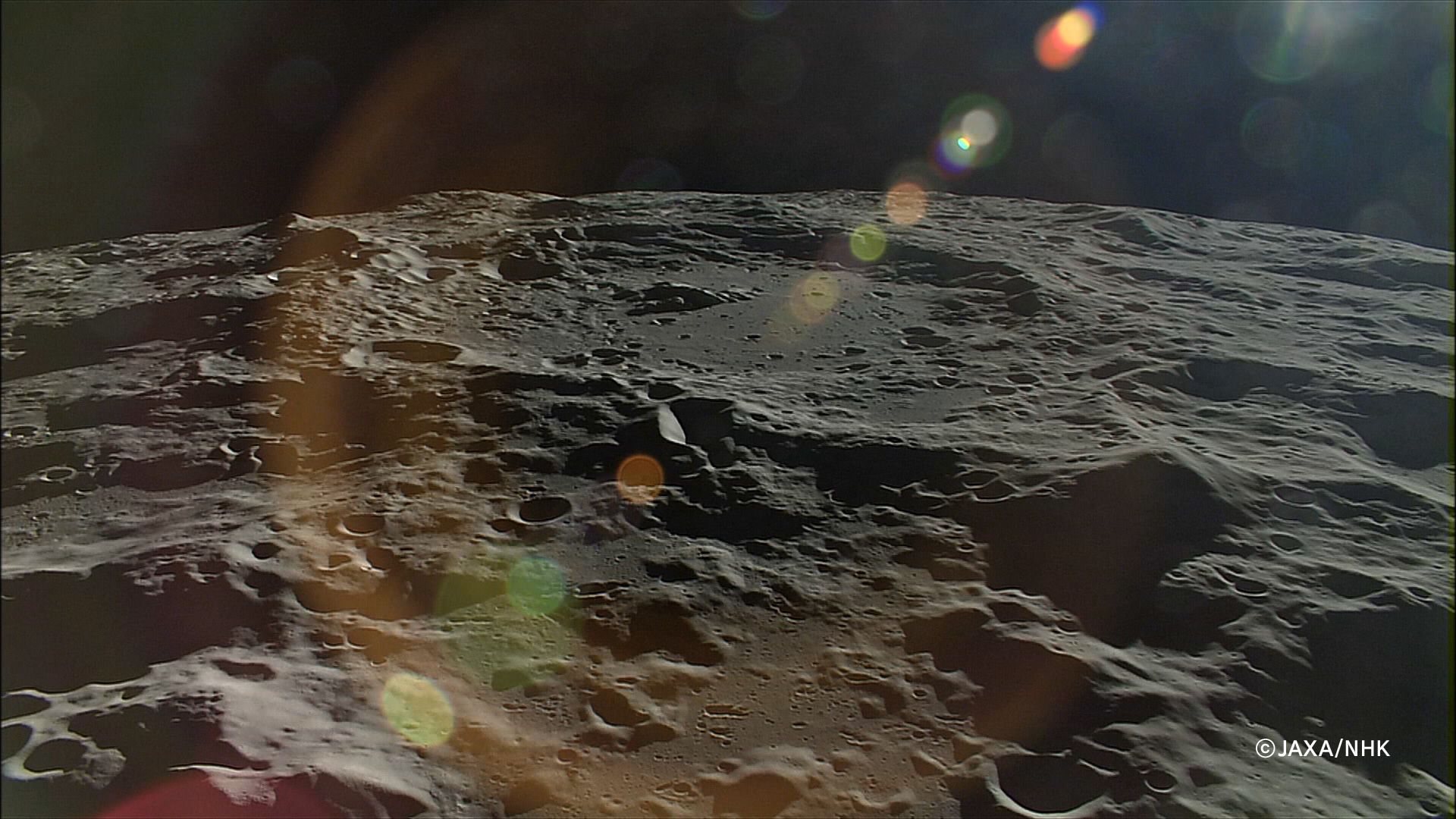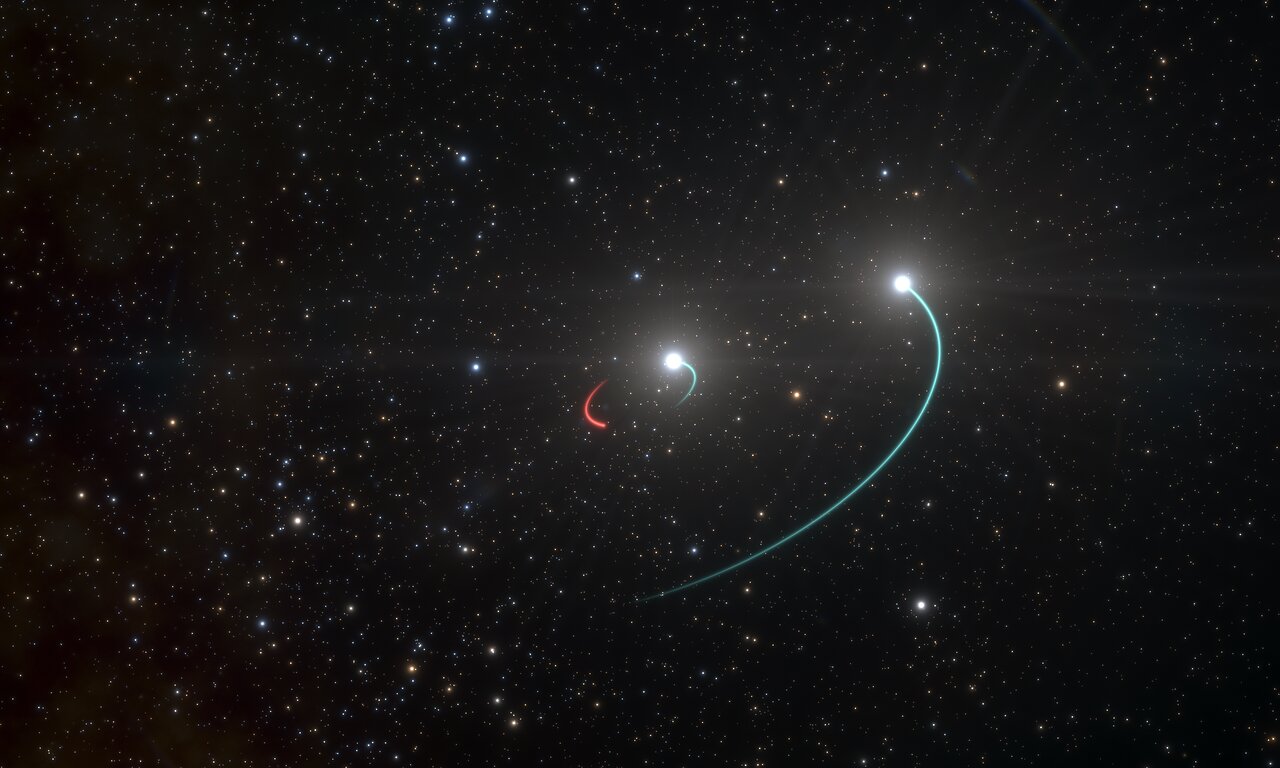Gravitational wave detectors are limited by fundamental quantum noise – an incessant “hum” that they cannot ever remove. But now physicists have recently improved a technique, called “squeezing”, that can allow the next generation of detectors to double their sensitivity.
Continue reading “Physicists Figure out how to Make Gravitational Wave Detectors “Hear” 6x More Universe”Physicists Figure out how to Make Gravitational Wave Detectors “Hear” 6x More Universe




